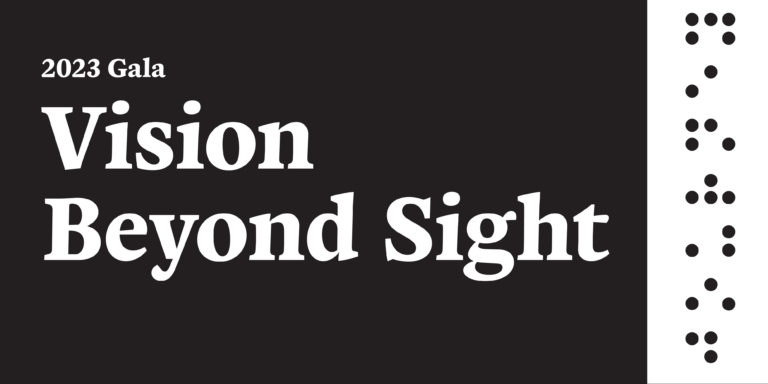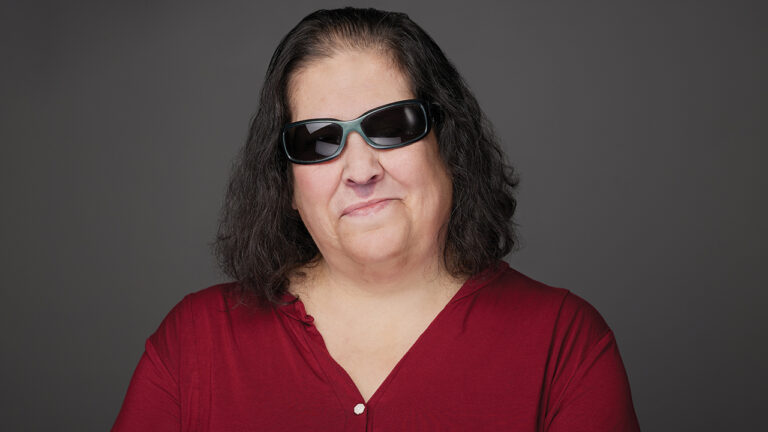Did you know that women are at higher risk for eye disease and vision impairment? Eye diseases such as cataracts and macular degeneration are diagnosed more often in women than in men. The World Health Organization reports that nearly two-thirds of all visually impaired and blind people in the world are women. In an effort to educate women on the risks and know the facts about healthy eyecare, Prevent Blindness America launched Women’s Eye Health and Safety Month in April. Since several eye diseases are treatable in preventing blindness and almost all eye injuries can also be prevented, let’s learn about some of the risks and healthy habits.
The Risk Factors
Women typically live longer than men, which increases their risk of developing a vision impairment. Eye diseases such as cataracts, macular degeneration, and glaucoma are specific to aging.
According to the National Eye Institute, women have greater instances of eye disorders because they tend to live longer, are more likely to undergo certain cancer treatments that may affect vision, and experience normal age-related hormonal changes that may affect their eyes. These changes are menstruation, pregnancy, and menopause. Additionally, eye conditions such as chronic dry eye syndrome are more prevalent in women, and hormonal changes can cause them. The American Academy of Ophthalmology explains women are more susceptible to autoimmune diseases than men, many of which affect vision, such as lupus, Sjögren’s syndrome, and hyperthyroidism.
Women are typically family caregivers and can neglect their health while caring for others. Raising children, managing a household, and working is a full load for many women, so squeezing in a trip to the eye doctor for a checkup can be trying at best. Getting access to affordable healthcare can sometimes be more difficult for women than men. Women typically make less income than men, so having the financial resources to pay for proper health care can be a major factor. These overall social and economic situations can impact women more than men, leading to a higher risk of eye disease and vision impairment.
Developing Healthy Eye Care Habits
Now that you know many reasons women are more prone to vision impairments than men, let’s look at some things women can do to care for their eyes.
1. Get a comprehensive eye exam from your eye doctor. An eye exam can not only determine the health of your eyes but can quickly track any changes, especially if you have a family history of eye disease.
2. Watch your weight and your diet. Being overweight or obese and not eating healthy foods like dark green veggies and fish can affect vision. Weight gain and/or poor diet can cause medical conditions such as diabetes, strokes, and high blood pressure.
3. Monitor eye makeup usage. Replace old makeup every three months or so. Do not share cosmetics with other women, as bacteria and germs can be easily spread.
4. Wear sunglasses when outside. Sunglasses protect your eyes from UV rays and air-borne pollutants that can blow into your eyes, such as dust and pollen.
5. Don’t smoke or stop smoking.
6. Be sure your hands are clean before touching your eyes.
7. Learn proper eye safety and first aid for home, work, and recreational environments. Wear protective eye gear such as goggles when using chemicals, tools, and machinery. It is important to protect the eyes from burns, cuts, and foreign objects that can damage the corneas and other parts of the eye.
8. Use and wear contact lenses safely
Learning about these risk factors and healthy habits can empower women to take control of their eye health. Additionally, men can provide support and encouragement. Understanding that the rates of vision loss are higher in women than men can help motivate everyone to take constructive action, have a meaningful conversation, and move forward to better health.
If you or a loved one is living with or learning about vision loss, contact us to learn about our adaptive tech programs, or check out our resources to learn more about living with a vision impairment.



